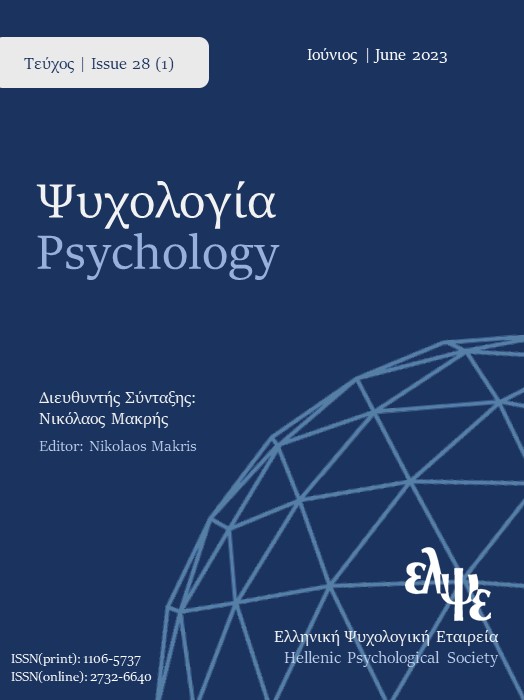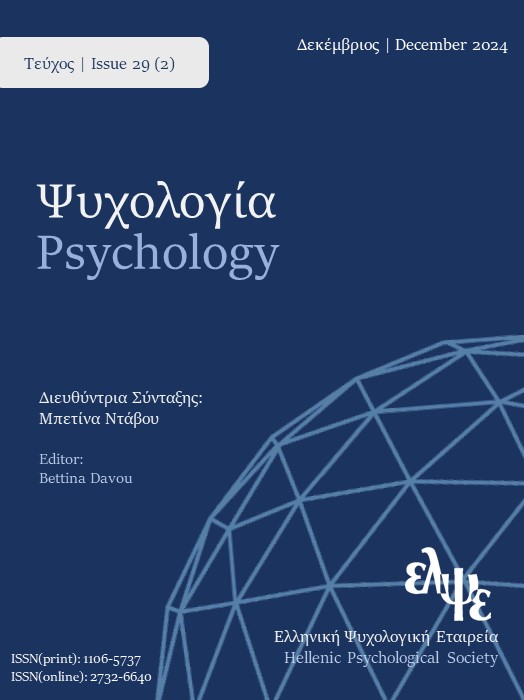Intention to Quit Smoking among Greek Police Officers. The role of the Theory of Planned Behavior, dependence and self-efficacy

Abstract
The aim of this study was to investigate the intention to quit smoking among Greek practicing police officers through the Theory of Planned Behaviour. 150 subjects aged 21-58 years participated. Four self-administered scales were used: (a) a questionnaire on demographic characteristics, (b) the Fagerström Tolerance Questionnaire, (c) the MacArthur Scale of Subjective Social Status and (d) a scale of the Theory of Planned Behaviour. It was found that 33,3% of police officers were smoking more than 20 years and 42% had attempted to quit smoking twice or more. Results showed moderate to high dependence and self-perception of addiction for the majority of police officers (72,6% and 68,7%, respectively). The inter-correlations between the factors of the Theory of Planned Behaviour and self-efficacy, were high. Regression analysis demonstrated perceived behavioural control (β = 0,53, p < 0,0001), self-efficacy (β = 0,34, p < 0,0001) and previous quit attempts (β = 0,22, p < 0,0001), as the strongest predictors of intention to quit smoking, followed by the period during which a person smokes daily (β = 0,18, p < 0,05) and attitudes towards quitting smoking (β = 0,14, p < 0,05). Given that the habit of smoking is influenced , by psychological (beliefs, emotions) and social factors (social pressure, patterns), it is imperative that smokers police officers are motivated to quit smoking through theory-based interventions within established smoking cessation clinics.
Article Details
- How to Cite
-
Koulierakis, G., Bakola, C., & Zagorianakou, E. (2022). Intention to Quit Smoking among Greek Police Officers. The role of the Theory of Planned Behavior, dependence and self-efficacy. Psychology: The Journal of the Hellenic Psychological Society, 27(3), 118–143. https://doi.org/10.12681/psy_hps.26970
- Section
- RESEARCH PAPERS

This work is licensed under a Creative Commons Attribution-ShareAlike 4.0 International License.
The journal PSYCHOLOGY adopts a Platinum open-access policy. Submission, processing or publication costs are waived by the Hellenic Psychological Society. Papers published in the journal PSYCHOLOGY are licensed under a 'Creative Commons Attribution-ShareAlike 4.0 International' licence. The authors reserve the copyright of their work and grant the journal the right of its first publication. Third-party licensees are allowed to use the published paper immediately after publication as they wish, provided they retain the defined by the license copyright formalities, regarding the reference to its author(s) and its initial publication in the journal PSYCHOLOGY. Moreover, any adjusted work should be shared under the same reuse rights, so with the same CC license.





